How can we build quantum electronics from atoms and molecules?
Futurum
MAY 5, 2022
How can we build quantum electronics from atoms and molecules? Dr Jan Mol is an expert in quantum & nanoelectronics at the Queen Mary University of London , in the UK. TALK LIKE A QUANTUM TECHNOLOGIST. TALK LIKE A QUANTUM TECHNOLOGIST. Published: April 26, 2022.


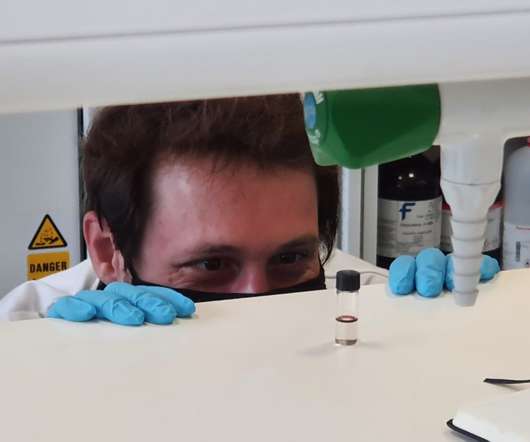
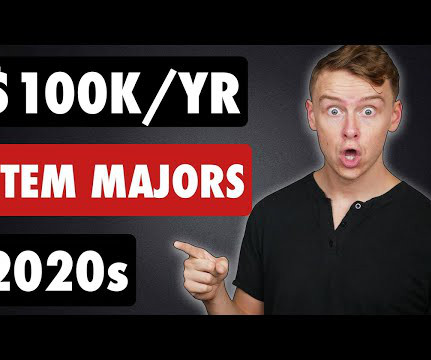

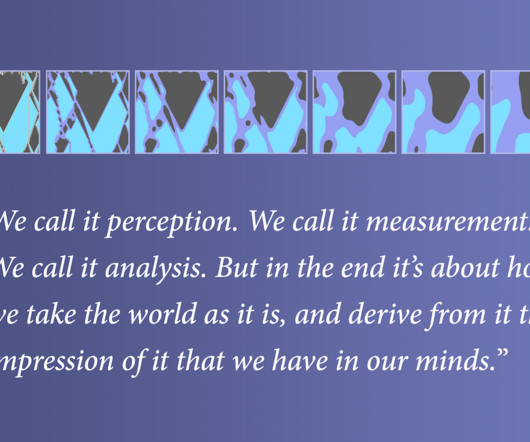

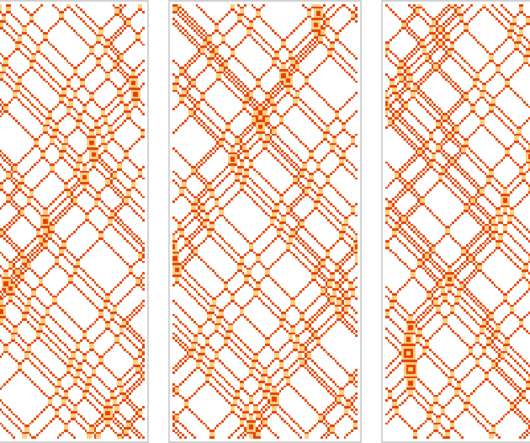
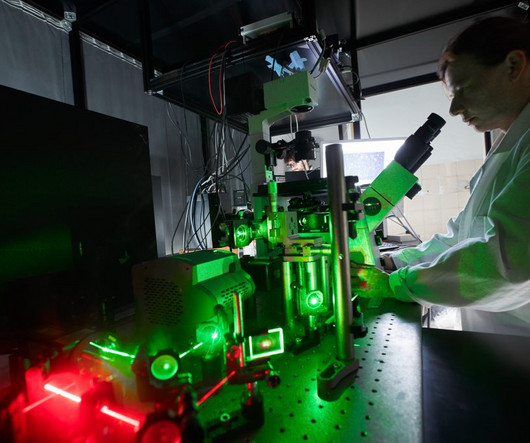
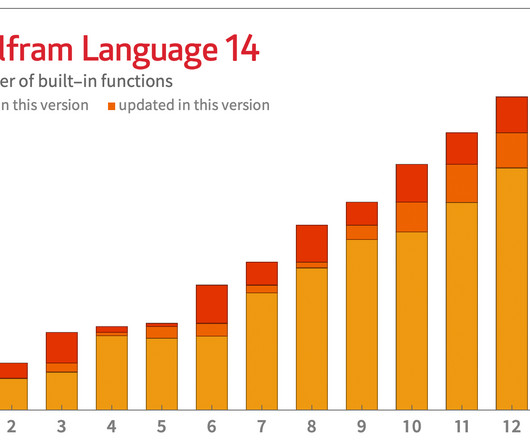
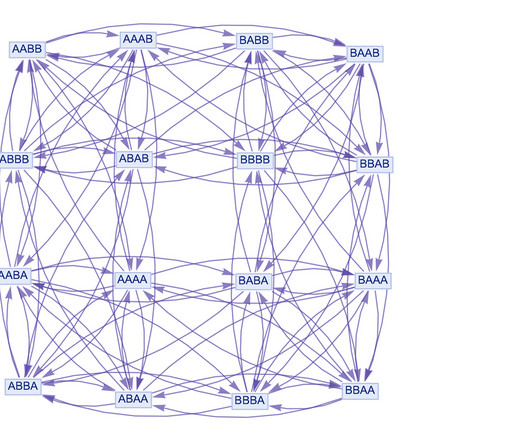
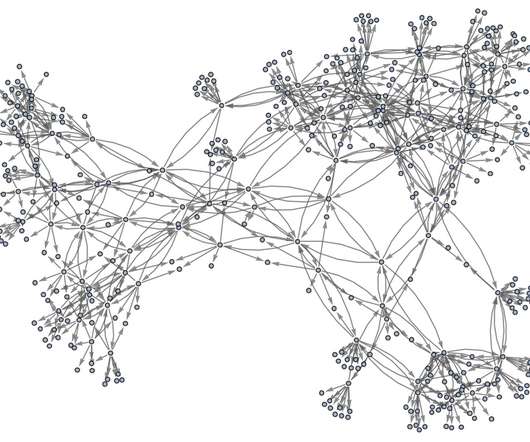






Let's personalize your content